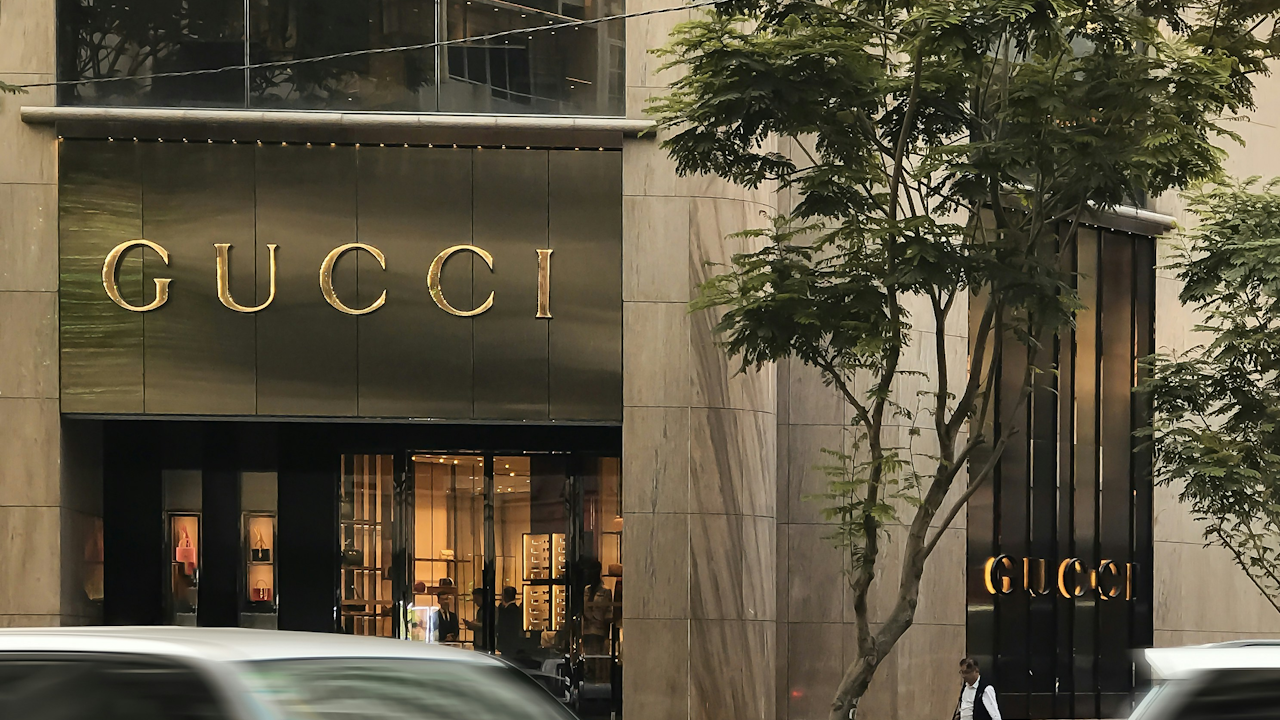The term “luxury” in fashion is often used, but what truly distinguishes a luxury label from a high-end or premium brand? It’s a complex blend of tangible and intangible elements that create an aura of desirability, prestige, and timelessness. It goes far beyond just a high price tag; it’s about a holistic experience, a narrative, and an unwavering commitment to excellence.
The Pillars of True Luxury
At its core, a truly luxury fashion label is built upon several fundamental pillars:
1. Uncompromising Craftsmanship and Quality: This is perhaps the most obvious, yet crucial, differentiator. Luxury fashion pieces are not mass-produced; they are often meticulously handcrafted by skilled artisans who possess generations of expertise. The materials used are of the absolute highest quality – the finest silks, rare leathers, precious metals, and exquisite gemstones. Every stitch, every finish, every detail is perfected, ensuring longevity, durability, and an inherent sense of superior quality that is tangible. Brands like Hermès, renowned for their handcrafted leather goods, exemplify this commitment.
2. Rich Heritage and Storied Legacy: Many iconic luxury brands boast a profound history, often spanning centuries. This heritage isn’t just a marketing ploy; it’s a deep-rooted narrative that imbues the brand with authenticity, tradition, and a sense of enduring value. These labels are custodians of cultural significance, with iconic designs that have transcended trends and become timeless classics. The stories of their founders, the evolution of their signature styles, and the historical moments they’ve witnessed all contribute to their allure, making consumers feel part of something grander. Think of the legacies of Chanel, Louis Vuitton, or Breguet.
3. Exclusivity and Rarity: True luxury is inherently exclusive. It’s not meant for everyone, and this scarcity fuels desire and aspiration. Luxury brands maintain exclusivity through various strategies, including limited production runs, selective distribution channels (often boutique stores or by-appointment services), and high price points. This creates a sense of rarity and privilege for those who own their products, elevating the item beyond a mere commodity to a symbol of status and discerning taste.
4. Innovation and Creative Expression: While heritage is vital, luxury brands are far from stagnant. They continuously push the boundaries of design, material science, and manufacturing techniques. This commitment to innovation, often led by visionary creative directors, ensures that the brand remains relevant and at the forefront of fashion. Collaborations with artists, adoption of new technologies, and a willingness to reinvent while staying true to their core values are hallmarks of a dynamic luxury label.
5. Distinctive Brand Identity and Storytelling: A luxury brand possesses a powerfully defined and immediately recognizable identity. This encompasses everything from a unique logo and specific motifs to a consistent aesthetic, color palette, and even a particular “scent” in their boutiques. Beyond visual cues, luxury brands are master storytellers. They craft compelling narratives around their products, values, and experiences, fostering deep emotional connections with their clientele. This storytelling transforms a product into a symbol of a lifestyle, an aspiration, or a shared set of values.
6. Exceptional Customer Experience: The luxury experience extends far beyond the product itself. It encompasses every touchpoint a customer has with the brand, from the moment they step into a meticulously designed boutique to the personalized service they receive. This can include bespoke customization options, dedicated concierges, white-glove delivery, and attentive after-sales support. The aim is to make every client feel like a VIP, fostering loyalty and a sense of belonging to an exclusive community.
7. Ethical and Sustainable Practices (Growing Importance): In the modern era, a true luxury label is increasingly expected to demonstrate a commitment to ethical sourcing, sustainable production, and social responsibility. Consumers are more informed and conscious, and a brand’s dedication to environmental stewardship and fair labor practices can significantly enhance its luxury appeal and authenticity. Brands like Stella McCartney have pioneered this approach, proving that luxury can go hand-in-hand with a responsible ethos.
Beyond the Price Tag: Differentiating Luxury from Premium
It’s important to distinguish luxury from “premium” or “high-end” brands. While premium brands offer good quality and often higher prices than mass-market options, they typically prioritize functionality and a broader appeal. Luxury, on the other hand, is driven by emotion, aspiration, and an almost irrational desire. It’s about owning a piece of history, experiencing unparalleled artistry, and joining an exclusive club. Premium brands may offer excellent products, but luxury brands offer an entire world.
The Evolution of Luxury
The concept of luxury has evolved over time. Historically, it was solely about exclusivity and overt displays of wealth. Today, while these aspects remain, there’s a growing emphasis on authenticity, unique experiences, and even a quieter, more understated form of luxury for some consumers. The digital age has also transformed how luxury brands interact with their clientele, balancing traditional exclusivity with the need for online presence and engagement.
In conclusion, a luxury fashion label is a rare entity that masterfully weaves together impeccable craftsmanship, a rich history, deliberate exclusivity, continuous innovation, a powerful brand narrative, and an exceptional customer journey. It’s a testament to artistry, heritage, and the enduring human desire for beauty, prestige, and something truly extraordinary.

